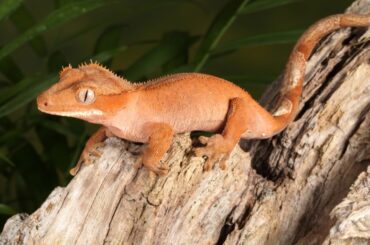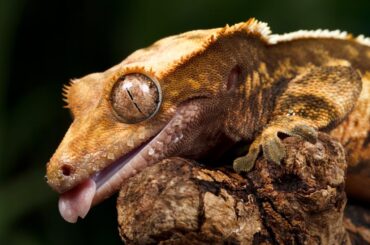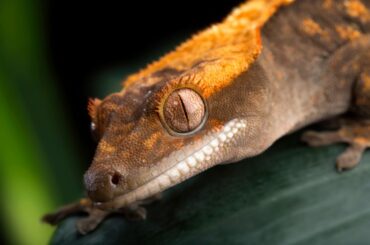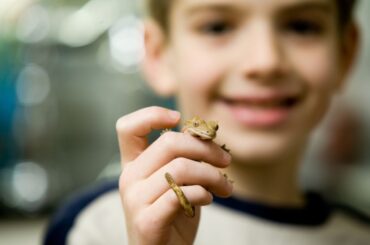Have you ever wondered how large these captivating creatures can grow? Curious about the growth journey of these popular reptile companions? Ever thought about how understanding their size and weight can improve their care?
Leopard geckos are popular pets due to their beauty and low maintenance. Small reptiles provide a fascinating look at exotic pets. Understanding their size, weight, and growth patterns is crucial to caring for these geckos. This knowledge is essential for their health and a comfortable environment.
Knowing leopard geckos’ typical size and weight range is important for their health and happiness. Growing pets have different needs and behaviors, so pet owners must adjust their care routines. In this guide, we’ll explore leopard gecko growth, including their developmental stages, size variations, and the importance of providing them with a habitat that meets their changing needs.
These elements will satisfy your curiosity and teach you how to be a responsible leopard gecko guardian. Let’s discover their size, weight, and growth, and learn how to care for these adorable companions.
Growth Stages of a Leopard Gecko
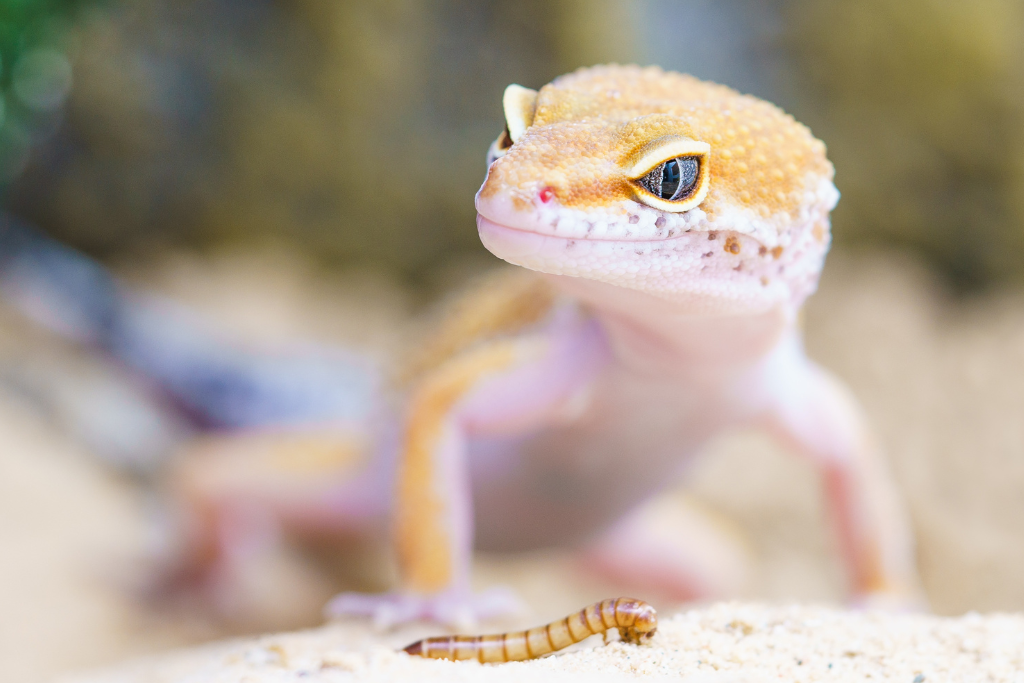
Leopard geckos, fascinating reptiles known for their unique growth journey, undergo distinct stages as they mature. From hatchlings to adults, these stages offer insights into their development and care requirements.
Baby Leopard Gecko Size
Leopard geckos’ youngest members are called “hatchlings.” Newly hatched refers to geckos that have recently emerged from their eggs.
Geckos hatching are fascinating in size and appearance. They are tiny and delicate, measuring 1.5 to 2 inches and weighing 2 to 4 grams. They have distinctive markings that will become the leopard gecko’s pattern despite their size.
Baby leopard geckos grow quickly in their first few months, which is amazing. They eat enthusiastically and change their bodies, limbs, and tails. By one month, they weigh 3 to 6 grams and are 3 to 4 inches long.
These little geckos grow into juvenile geckos between 2 and 7 months old. Their growth is more noticeable during this time. They weigh 5 to 10 grams and measure 4 to 5 inches, and they change when they reach the sixth month, measuring around 5 to 6.5 inches in length and weighing between 15 to 20 grams. This stage helps them grow and prepares them for the next stage.
Sub-Adult Leopard Gecko Size
As leopard geckos continue to grow, they enter the sub-adult stage of their development. This phase marks the period between their youthful juvenile stage and full adulthood.
Between 7 to 8 months, sub-adult leopard geckos go through a remarkable growth spurt. Their length reaches 5 to 6.5 inches, while their weight varies between 15 to 20 grams. This rapid change marks their journey toward maturity.
With their increasing size, sub-adult leopard geckos may outgrow their initial enclosures. It becomes essential to provide them with larger tanks that accommodate their expanding dimensions. This larger space not only ensures their comfort but also enables them to exhibit natural behaviors and move freely.
Adult Leopard Gecko Size
Baby and sub-adult leopard geckos grow and develop into adults. Leopard geckos reach adulthood around 12 months for females and 6 months for males.
Adult leopard geckos are 7 inches or longer. Males weigh 50 grams or more, while females weigh 45 grams. Note that geckos vary in size, so these are general guidelines.
The sexual maturity timeline is also important. Before breeding, geckos should be 18 months old and 60 grams to ensure their health.
Leopard geckos grow as adults, but not as quickly as when young. Proper care and a suitable environment during this time improve their health and longevity.
Leopard Gecko Size Chart Summary
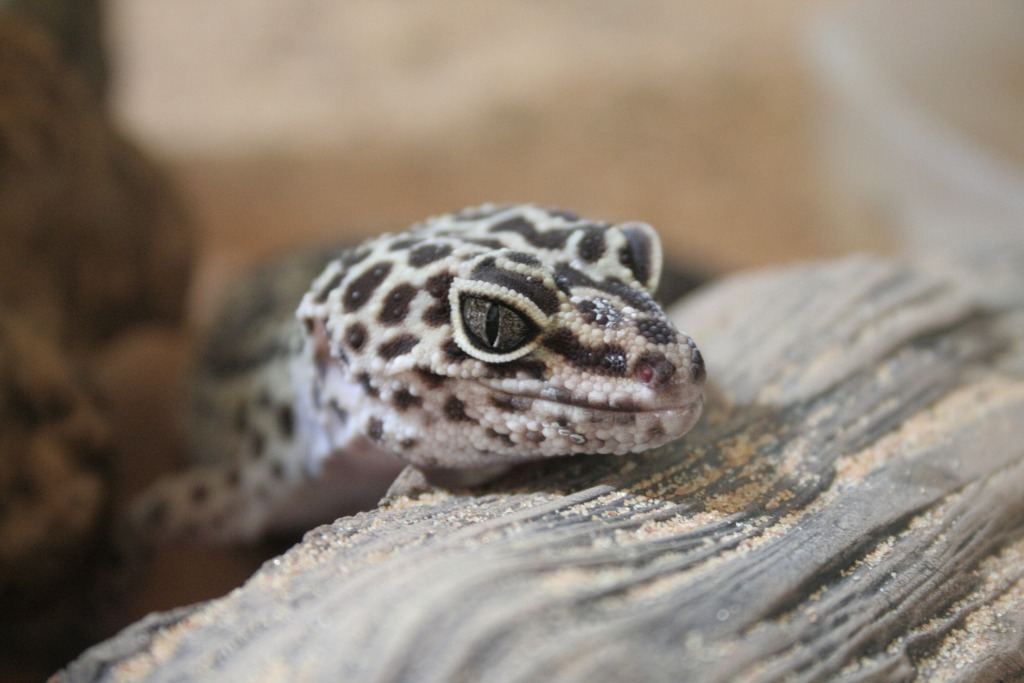
Below is a summary table detailing the size chart for leopard geckos.
| Age | Weight | Body Length |
| Hatchling | 2 to 4 grams | 1.5 to 2 inches |
| 1 month | 3 to 6 grams | 3 to 4 inches |
| 2 months | 5 to 10 grams | 4 to 5 inches |
| 6 months | 15 to 20 grams | 5 to 6.5 inches |
| 18 months | 45 to 50 grams | 7 inches or more |
Measuring Leopard Gecko Size
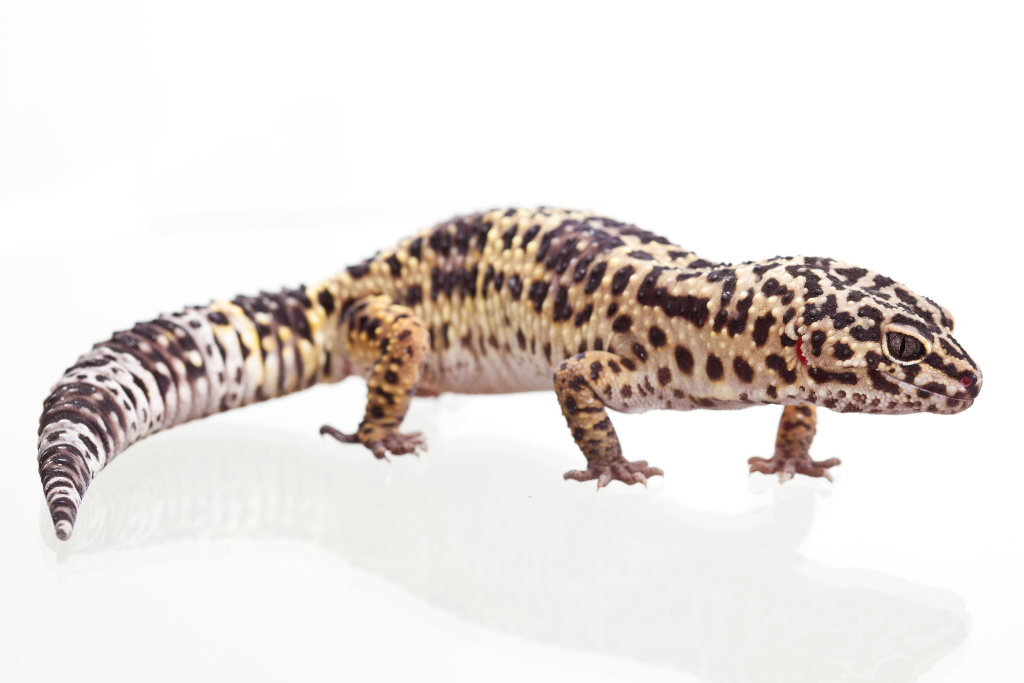
Accurately measuring a leopard gecko’s size is essential for their health and care. Understanding the proper methods and handling techniques is crucial to ensure your gecko’s comfort and safety during measurements.
Methods to Accurately Measure a Leopard Gecko’s Size
- Use a Ruler: Gently place your gecko on a flat surface. Use a ruler to measure from their nose tip to the tail end. Keep them calm to avoid stress.
- Tail-to-Body Ratio: Measure their body length from the base of their head to the start of their tail, and then measure just their tail. This method tracks their body proportions effectively.
- Marking on a Transparent Container: Place your gecko in a clear container with measurement markings. This allows you to see their size from the outside without causing stress.
- Photographic Comparison: Take clear photos of your gecko against a ruler or other measurement reference. Later, compare their size to the reference in the photos.
- Gradual Handling: Gently handle your gecko to get them used to your touch. Gradually move your hand along their body to feel the changes in size. This method might not provide precise measurements but helps you notice any size changes over time.
Tips for Safe Handling During Measurements
- Gentle Touch: Handle your gecko with care and a calm demeanor. Slow movements prevent startling.
- Body Support: When holding your leopard gecko, provide support for its body and limbs. Avoid holding the tail, which might detach if stressed.
- Timing Matters: Handle your gecko during its active hours, usually at dusk or dawn.
- Clean Hands: Wash your hands before touching your gecko to prevent transferring chemicals or scents.
Factors Affecting Leopard Gecko Size
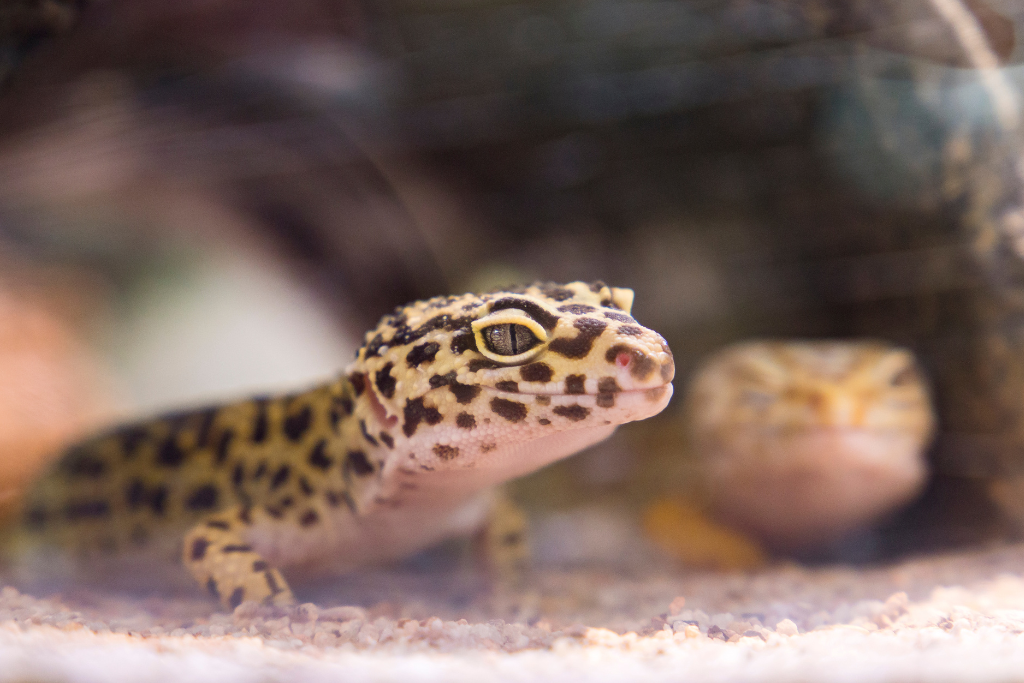
Understanding the various factors that influence the size of your leopard gecko can provide insights into their growth and well-being. From genetics to diet and environmental conditions, these elements work together to shape their development.
Genetics
Genetics plays a significant role in determining the potential size of leopard geckos. Just like in humans, geckos inherit traits from their parents that can affect their growth.
While genetics set a general framework for their size, other factors also come into play, such as diet and environment. Some geckos may have a genetic predisposition to be larger or smaller, so it’s essential to consider their lineage when expecting growth.
Diet and Nutrition
A balanced diet is crucial for leopard geckos’ proper growth. The type and amount of food they consume directly impact their size and overall health.
Providing a diet rich in diverse insects, gut-loaded with essential nutrients, ensures optimal growth. Inadequate nutrition can lead to stunted growth and health issues, so it’s vital to offer a variety of insects and occasionally dust them with calcium and vitamins.
Environmental Factors
The habitat and living conditions of leopard geckos can influence their size. A comfortable and stress-free environment promotes healthy growth. Proper temperature gradients, humidity levels, and a suitable enclosure size are important factors.
Stressors like overcrowding, improper lighting, or inadequate hiding spots can negatively affect their development. Creating an environment that mimics their natural habitat encourages proper growth and overall well-being.
Conclusion
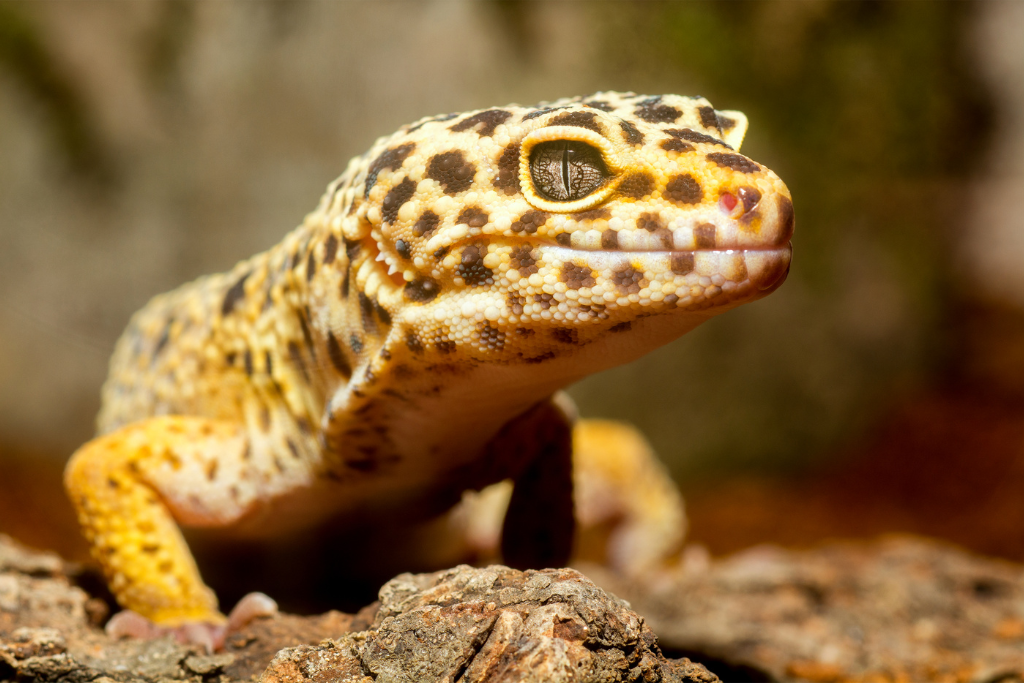
Understanding the size ranges during various life stages helps provide ample space, nutrition, and a suitable environment for your gecko’s thriving. Learning about their growth journey not only improves their well-being but also strengthens their bond.
As you watch their progress and make informed choices, you promote their health and happiness. Remember that each gecko is unique, and tailoring your care approach to their specific needs is a rewarding way to ensure a fulfilling and enjoyable experience as a leopard gecko owner.
FAQs
How Big Do Male Leopard Geckos Get?
Male leopard geckos can grow to be around 8 to 10 inches in length.
How Big Do Female Leopard Geckos Get?
Female leopard geckos usually reach a size of about 7 to 8 inches in length.
How Big is a Full-Sized Leopard Gecko?
A full-grown leopard gecko can measure anywhere from 7 to 10 inches in length.
How Big Should a One-Year-Old Leopard Gecko Be?
A one-year-old leopard gecko might be around 6 to 8 inches long.
How Long Does It Take for a Leopard Gecko to Reach Full Size?
Leopard geckos generally reach their full size within 12 to 18 months.
What is the Biggest Pet Gecko?
The crested gecko is one of the largest pet geckos, reaching sizes of up to 8 to 10 inches.

